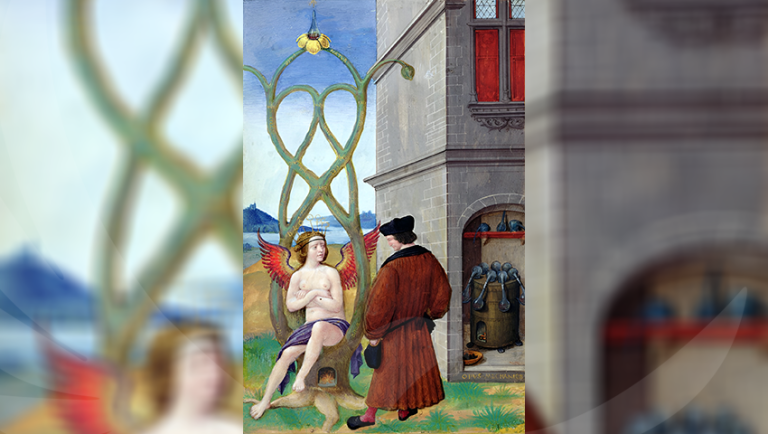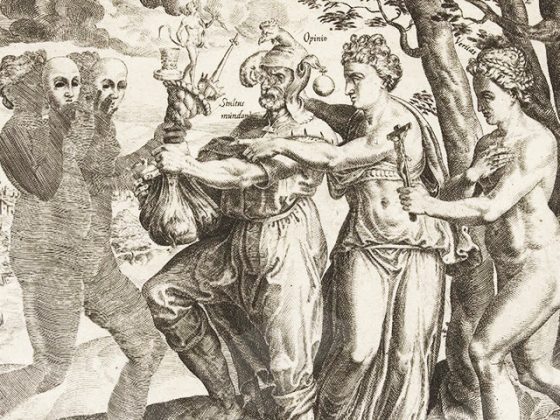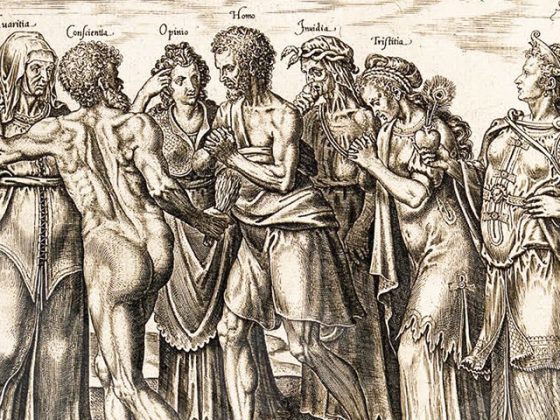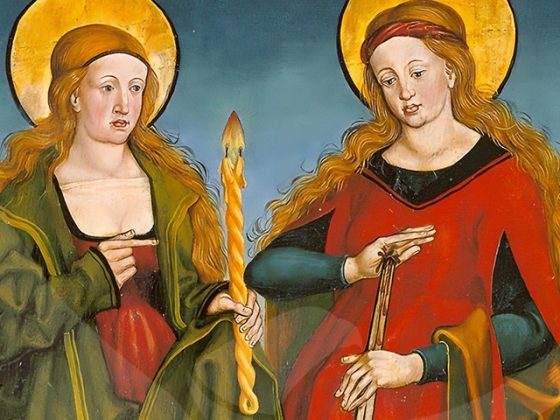Dearest readers:
I take this opportunity to write you a few lines and tell you about a painting entitled…
…THE LAMENT OF NATURE TO THE WANDERING ALCHEMIST
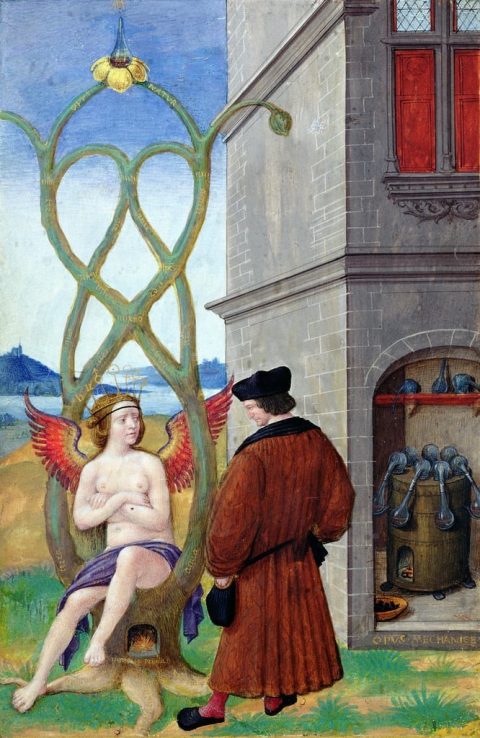
This work of art was created in the year 1516. It was the work of Jean Perreal of Paris, a successful portraitist of French royalty in the first half of the 16th century who was also a sculptor and manuscript designer. He was very active in France, Italy and also in London.
The central part of this alchemical illustration shows us the Alchemist standing looking at Mercury, who is seated on a hearth, which in turn is part of a tree. Undoubtedly, the Adept is observing the mutations or transformations of his prime matter, which is shown by means of an androgynous creature: male-female, masculine-feminine. This reminds us that our tincture, or Sulfurized Mercury once integrated, works incessantly on our organic anatomy and in our occult anatomy. That is why it is easy to see the crossing made by the nadis –Ida and Pingala–, forming a kind of caduceus through which the lunar and solar atoms ascend during our work in the Forge of Vulcan.
Note that the creature representing Mercury has reddish wings to indicate that such a tincture is volatilized in our psychosomatic continent.
At the top of this apparent caduceus a matrass can be seen, placed upon a beautiful golden flower. This is the mystery of the Golden Blossom of which the V.M. Samael speaks to us in his various works on the transmutatory ars……
It is also very important to note the crown that the Secret Mercury wears on his head. This crown shows several symbols linked to the zodiac signs. Behold, dear friends, the affirmation of the statements of our Avatar of Aquarius, embodied in his conference entitled “The Metallic Planets of Alchemy.” In this conference our blessed Patriarch makes allusions to the profound metamorphoses that this miraculous Arché is creating in our psyche.
The Adept or alchemist is constantly observing what happens to the hermaphrodite creature. This speaks to us of a rule of the art that reminds us: Keep a close watch on the regime of the fire. All those who work mechanically with the baptismal waters will never obtain the various metamorphoses that our alchemical solution must bring us. Those who continue to think that we do not need to refine ourselves psychologically and to refine our fire WILL BE ABSOLUTE FAILURES. That is the reason why at the top of this work of art we see the matrass within those yellow petals. This is the symbol of Philosopher's Gold. The contents inside the matrass are red, referring to Red Tincture, Sulfurized Mercury or Mercurial Sulfur now melted into a single compound.
A detail that we do not want to miss is the fact that, on the top of the pseudocaduceus of Mercury, we can see, on the right side, a flower in bud, just as there would be another on the left side of our engraving. These two flowers, united to the central flower, would constitute the emblem of the three primary forces of creation, under the protection of which every form of physical or metaphysical creation is realized.
On one side of the alchemist we see a kind of furnace from which several matrasses protrude. What are these matrasses? Answer: Those matrasses signal the various iterations of our work with our supreme musk. Many times orders are given to the workers of the Great Work to stop their works for some time and then resume them when indicated, which is why these various matrasses appear.
It is also worth noting that the oven that has a fire lit and on which MERCURY himself is sitting is showing us that the firing of it is taking place following the rules of the art.
Why is this engraving entitled The Lament of Nature to the Wandering Alchemist? Answer: Because, in reality, it is Nature that does THE WORK in us, obviously guided by our Father who is in secret. The humanoid must be governed by the rules of the art set by his Mother Nature and not by the thousands of theories that abound like weeds.
The manuscript is found in the Musée Marmottan Monet, Paris.
Detail of the top of the tree:
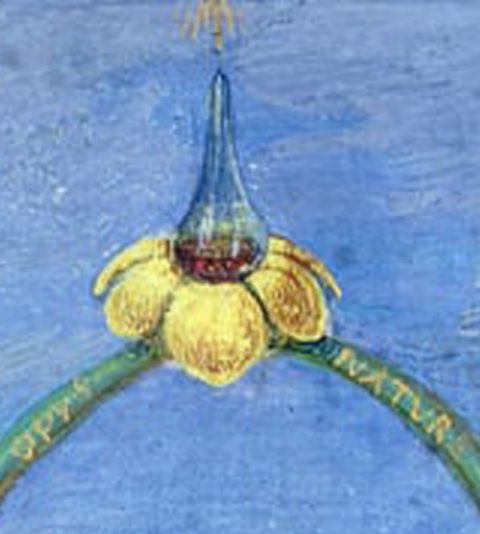
I now give you a few sentences as a reason for reflection:
“All art is the imitation of Nature.”
Seneca
“The agitation of art is natural and healthy, and the soul that feels it suffers more from restraining it than from giving it an outlet.”
José Martí
“The transmission of thought through art, like the transmission of truth, is the work of passion and love.”
Rubén Darío
“To reveal art and conceal the artist is art’s aim.”
Oscar Wilde
“Art is truth because it creates what ought to be.”
Simón Bolívar
QUOD AGAS, ID AGAS.
─‘Whatever you are going to do, do it’─.
KWEN KHAN KHU


